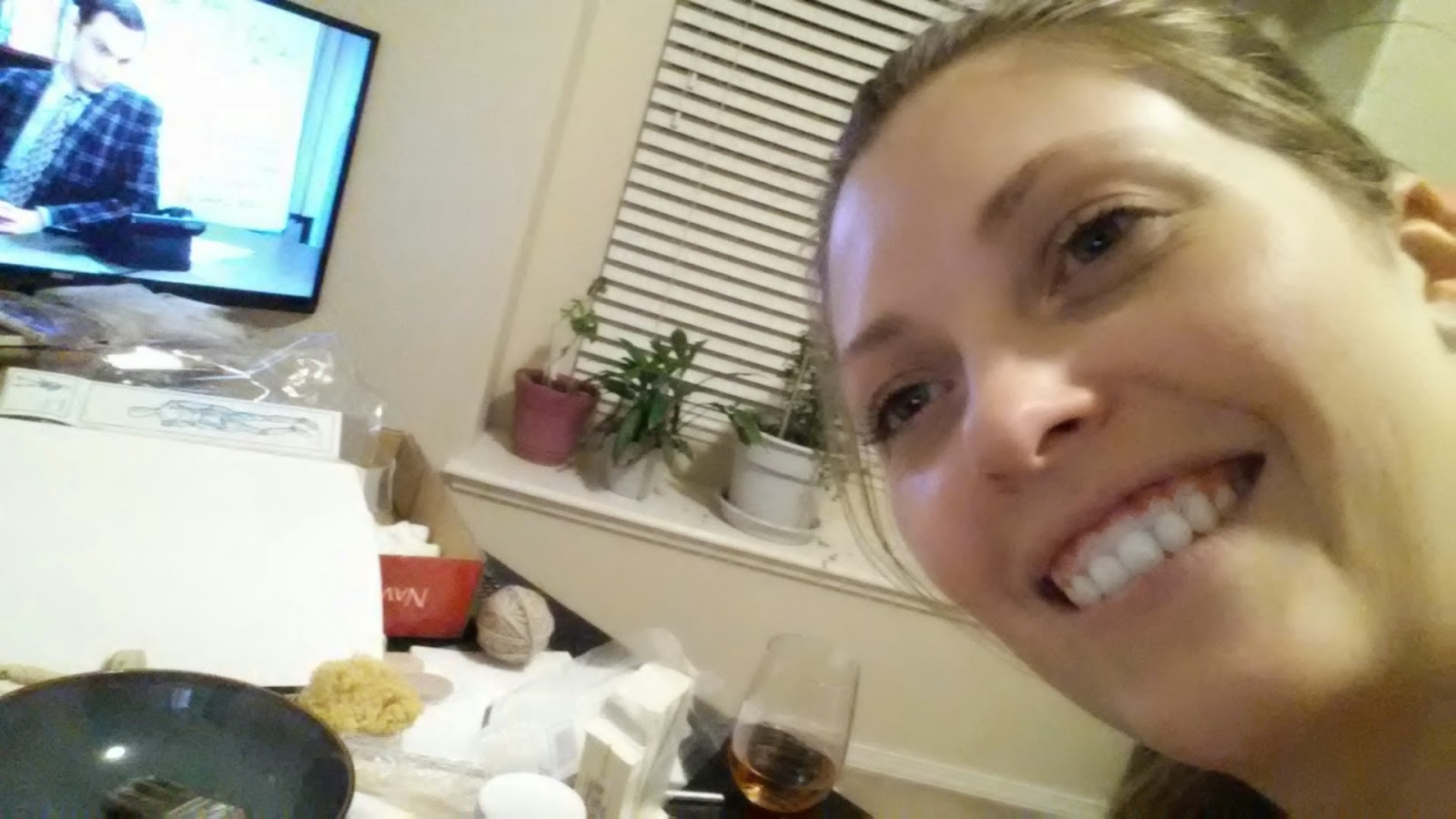Before I ordered mine I had to think long and hard because I'm a photographer and didn't know if I would be able to work with the materials provided. I am however good at coming up with an idea and working on it to make it happen. All my Halloween decorations are proof of that.
It was like Christmas morning when the package arrived. The worst part was that I couldn't share the contents with anyone.
I started making a plan for the vision I had and knowing what I had to work with was shaping that plan. At first I had time, there was no rush so I thought about it and worked on it every once in awhile. Until October hit then it was time to get moving, the due date was the 20th. Most of my work was done the week leading up to the due date. I used wine and big bang to get through. I submitted the project the day it was due and am now waiting for the voting to start.
Voting is open!!! Please come vote for my project! I'm #229 "Traveling through a Dream." Vote for me!




































